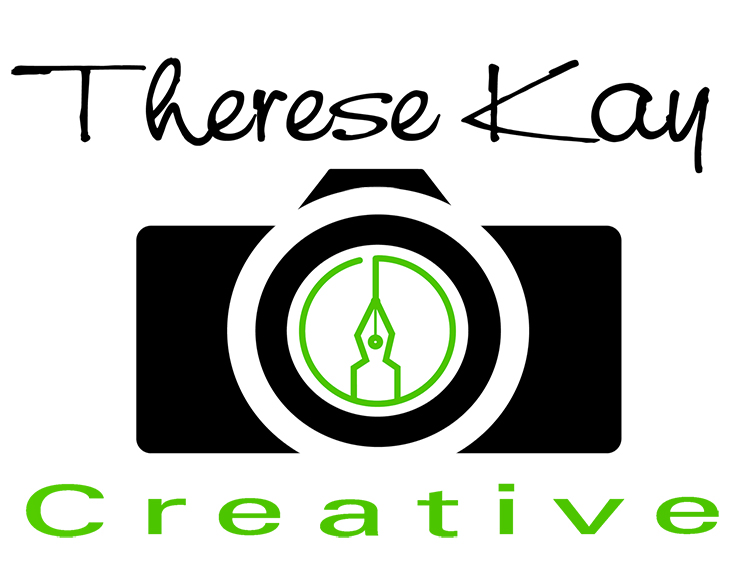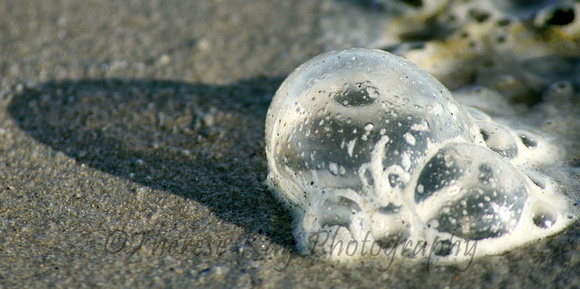The Power of Observation
Observation is key to writing. It also happens to be key to photography, science, art, maybe even life….
What Is Observation?
Observation is the practice of looking carefully at and noticing the details of an object, person, or event in order to learn. Observation is the act of observing. Observe is a verb. It is active, not passive. Noticing is passive. In observation you are actively looking at the details in order to learn. I may notice many things, and this is good, but it is not the same as observing.
Observing vs. Noticing
I may notice a flower is pink and is in my garden. I may even notice that it is a rose and it’s a pale pink and there aren’t that many of them.
If I observed it, I would learn more. The flower is a rose. The rose bush it has bloomed from has been entwined in a vine that seems to be trying to strangle the life out of it. There are 5 roses in full bloom and 3 buds. I feel fear at the thought of disentangling the rosebush because of ticks. Simply looking at the flower makes me feel content.
I could choose now to observe the flower as the whole plant or as an individual blossom.
The rose is a very pale pink like the inside of a seashell. The petals of the rose are a darker pink near the base of the flower. The end of each petal curls outwards opening up the center. The center of the flower is golden yellow. Each stamen is dusted with pollen. This rose is the biggest on the rose bush and is the topmost blossom.
I could go on and on, but I think you get the idea.
Observing as Exercise
I recently learned about the Parable of the Sunfish in a blog post about observation by James Cleary. Ezra Pound used the parable to open his 1934 book, ABC of Reading.
Here is the parable in full:
A post-graduate student equipped with honors and diplomas went to Agassiz to receive the final and finishing touches. The great man offered him a small fish and told him to describe it.
Post-Graduate Student: “That’s only a sunfish.”
Agassiz: “I know that. Write a description of it.”
After a few minutes the student returned with the description of the Ichthus Heliodiplodokus, or whatever term is used to conceal the common sunfish from vulgar knowledge, family of Heliichtherinkus, etc., as found in textbooks of the subject.
Agassiz again told the student to describe the fish.
The student produced a four-page essay. Agassiz then told him to look at the fish. At the end of three weeks the fish was in an advanced state of decomposition, but the student knew something about it.
What’s the Point?
Observing takes hard work. And just when we’ve thought we’ve observed and learned enough, there is yet more. Deep observation of the objects, people, and world around us will inform and inspire our creative work.
Your Turn!
I want you to try it too. No, not spend 100 hours observing a single thing. Though you could if you so chose. Try 10 minutes. Then try 15. How about a half hour or an hour?
Step 1: Select an object. Observe it for 5 minutes without writing anything. Just look, see, touch, and feel it.
Step 2: Continue to observe the object and write down what you observe. What is it and what is it not? What is it like? What color or colors is it? Can you describe the shape or how it feels in your hand? How is it like or different from another object? What does it smell like? What does it feel like? If it’s edible (and you are at the end of visual and tactile observation), go ahead and taste it. What does it taste like? What does it feel like on your lips, your teeth, your tongue, traveling down your gullet?
Step 3: Write a piece featuring the object you just observed.
Step 4: Observe that same object again for a longer period of time, again writing down all that you observe.
Step 5: Write another piece featuring the object you just observed.
Step 6: Compare the two pieces. What is different about them? Did your deeper observations translate into a deeper piece with more nuances and description?
Details and Precision
Using details and precise language when you write can help bring your piece to life. Rather than “She bit into the apple” you could say, “She sunk her teeth into the crisp apple letting the sweet tangy juice linger on her tongue.” Help the reader experience what you have written!
Share with Me!
How did using this exercise impact your writing? Did you notice a difference?
Did you try this with photography instead? I would love to see and hear about your results!

